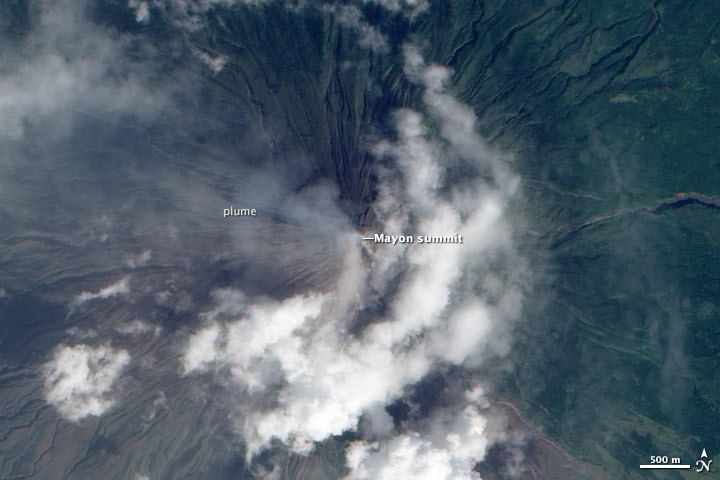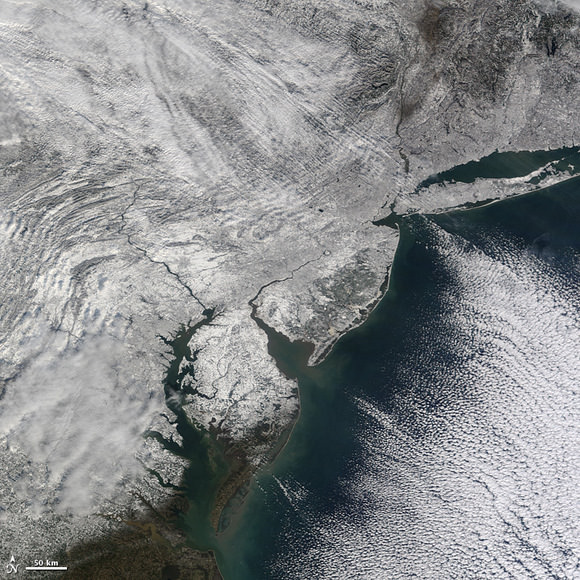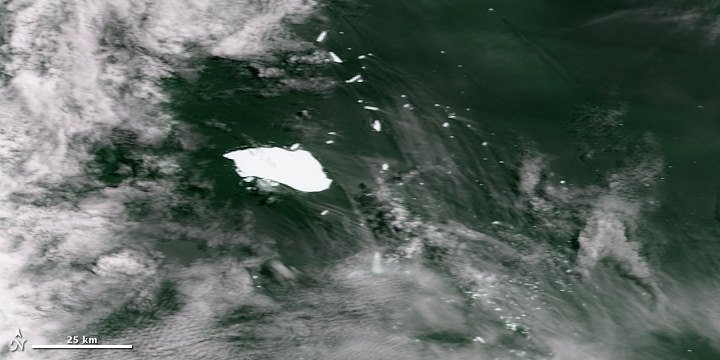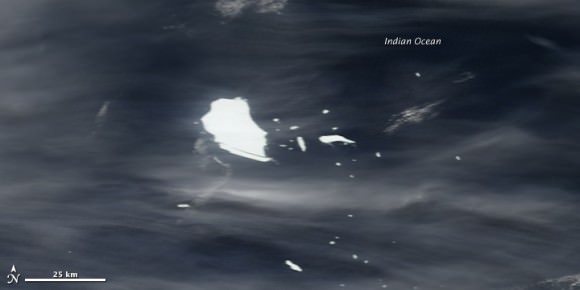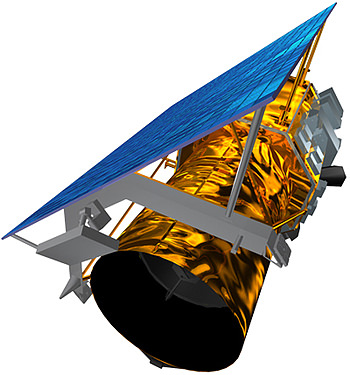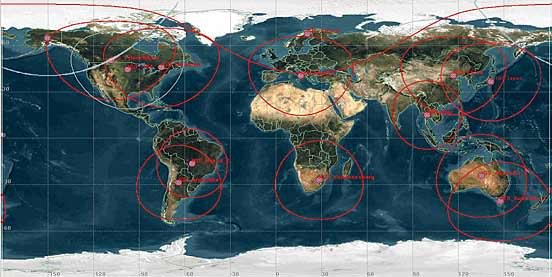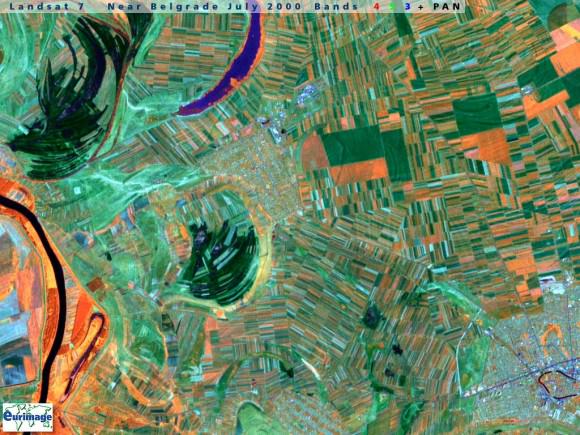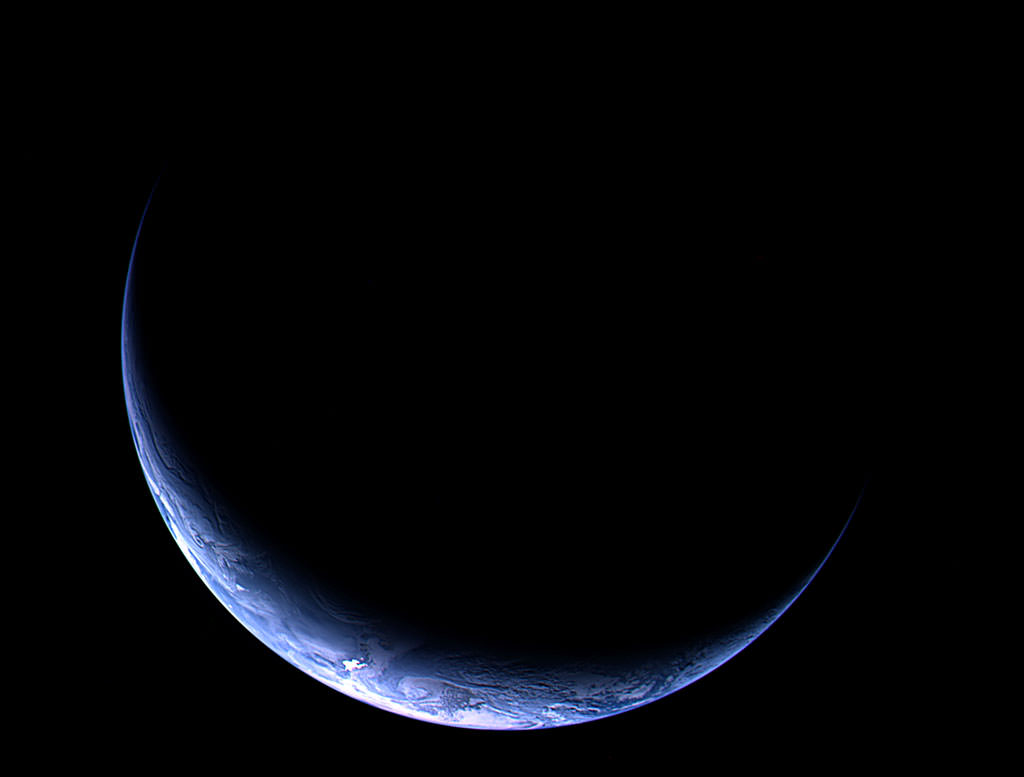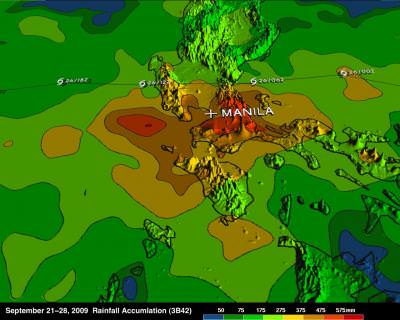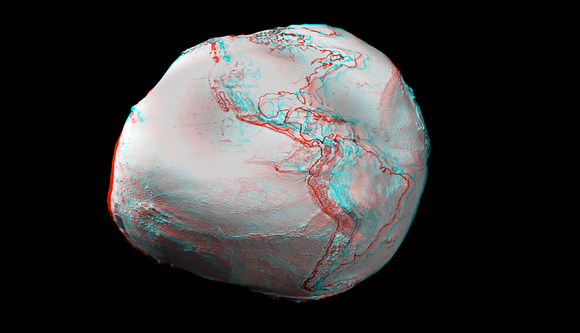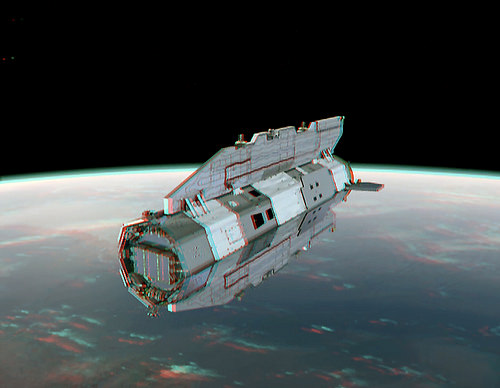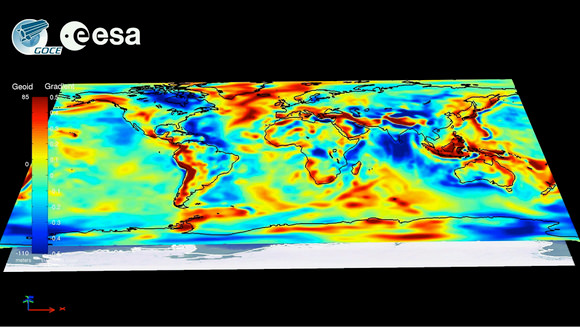[/caption]
Mayon Volcano, on the Philippine island of Luzon, has been exhibiting activity suggesting a major eruption is imminent. Described as an “intense level of unrest” by the Philippine Institute of Volcanology and Seismology, Mayon exhibited 7 ash explosions, dozens of earthquakes related to the movement of magma beneath the volcano, over 100 rock falls from the summit, and 3 active lava flows. The Philippine government is enforcing evacuations in a danger zone extending 7 kilometers (4 miles) north and 8 kilometers (5 miles) south of the summit. Tens of thousands of people living within the danger zone (up to 8 kilometers away) of Mayon Volcano in the Philippines were forced to evacuate to emergency shelters in mid-December 2009.
The satellite image above shows Mayon emitting a thin volcanic plume on Dec. 28. Ash obscures the summit crater and clouds hide lava flows on the volcano’s flanks. The natural-color image was acquired by the Advanced Land Imager (ALI) aboard the NASA Earth Observing-1 (EO-1) satellite.
Below, the image from Dec. 15 shows how close a major populated area is to the volcano.
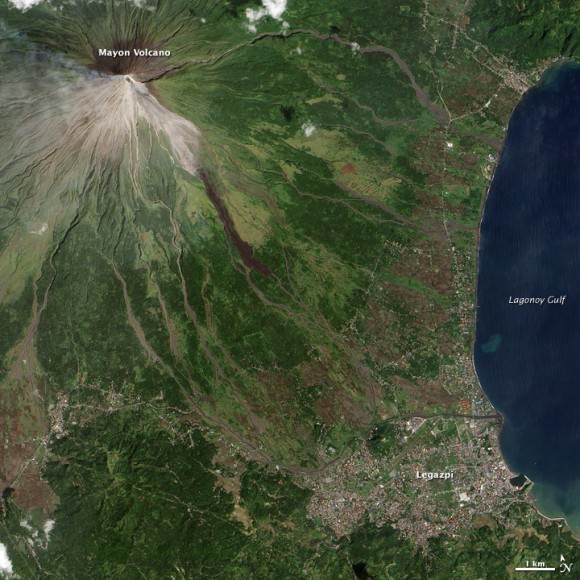
The volcano has been noticeably active for several weeks, and officials say “magma is close to the crater and hazardous explosive eruption is imminent.”
Source: NASA Earth Observatory

